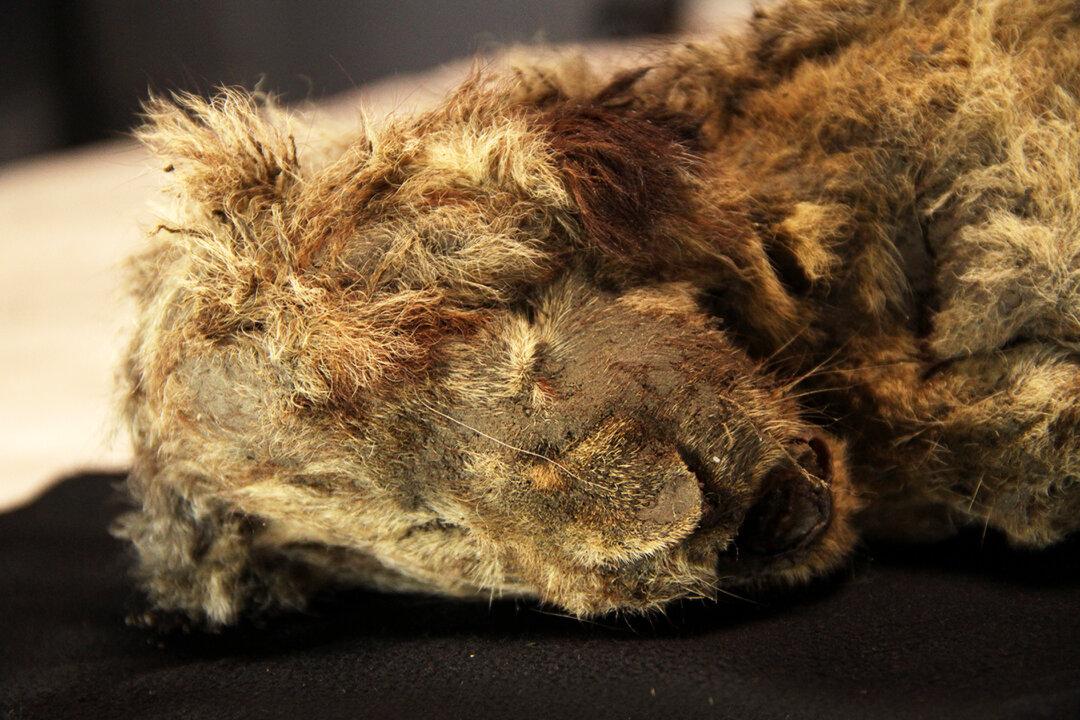A lion cub with sharp claws, whiskers, and fur was unearthed in the permafrost of Siberia. But this cub—seemingly in slumber—is 28,000 years old and is thought to be the best-preserved ice age animal ever found.
The cub, dubbed Sparta, is a female cave lion, an extinct large cat, slightly larger than African lions, that once roamed the northern hemisphere during the last ice age.






